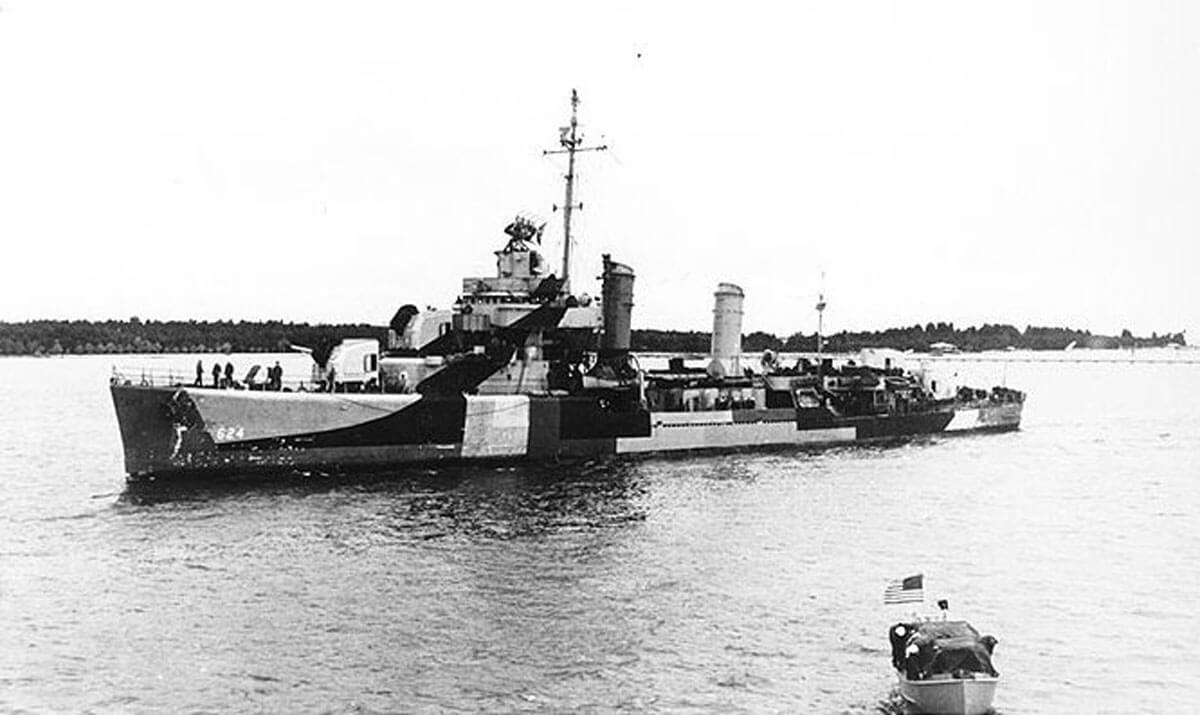Asbestos Exposure on the USS Baldwin

Hull Number: DD-624
Type: Destroyer
Class: Gleaves
Built: Seattle, WA
This Gleaves-class Destroyer was built by the Seattle-Tacoma Shipbuilding Co. of Seattle, WA during the early years of the United States’ involvement in World War II. It was commissioned by the U.S. Navy in April 1943, and was designated the flagship of Destroyer Division 36 in the Atlantic.
The Baldwin measured just over 348 feet in length, and carried a complement of 276 officers and enlisted men. It earned three battle stars for service in the war, including one for its role in the invasion of Normandy. The Baldwin was decommissioned shortly after the Allied victory, in June 1946.
Many who served on the USS Baldwin were likely exposed to asbestos during the course of their regular duty. Equipment such as boilers, pumps, valves, turbines, and electrical components were made with asbestos, and materials such as gaskets and packing were often made wholly from asbestos.
A high concentration of these components and materials were located in the engine and boiler spaces, putting Machinist’s Mates, Boiler Tenders, Firemen, and others who worked in these areas at elevated risk. The asbestos companies who provided the Navy with these products often knew of the threat asbestos posed, but did nothing to warn veterans who served aboard the USS Baldwin.
Navy veterans diagnosed with mesothelioma and other asbestos-related diseases have a right to seek compensation. Settlements can offset or cover the costs of medical care, and can often provide additional sums for the suffering of victims and their families. The law limits the time in which a lawsuit can be filed however, so it is important to seek legal counsel soon after a mesothelioma diagnosis is made.
